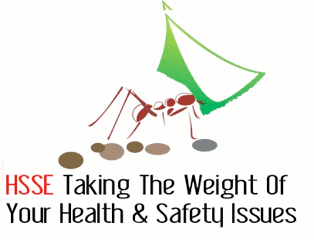Health and Safety Issues with Hot Desking
 Hot desking is becoming more of a common feature in office based environments. The idea is to have workstations used to their maximum potential, especially in situations where employees are often out of the office, leaving workstations empty for periods of time.
As there is with everything, pros and cons to having this in place.
A number of health and safety issues may be related to the introduction of a hot desking system,
Hot desking is becoming more of a common feature in office based environments. The idea is to have workstations used to their maximum potential, especially in situations where employees are often out of the office, leaving workstations empty for periods of time.
As there is with everything, pros and cons to having this in place.
A number of health and safety issues may be related to the introduction of a hot desking system,

- Employees may not set up the workstation for their own particular needs
- They may not be provided with the most appropriate equipment or equipment that could be adjusted for their requirements.
- Hygiene and cleanliness issues, multiple employees using the same equipment.
- Isolation from work colleagues or supervisors, difficulties with adapting to the new regime.




